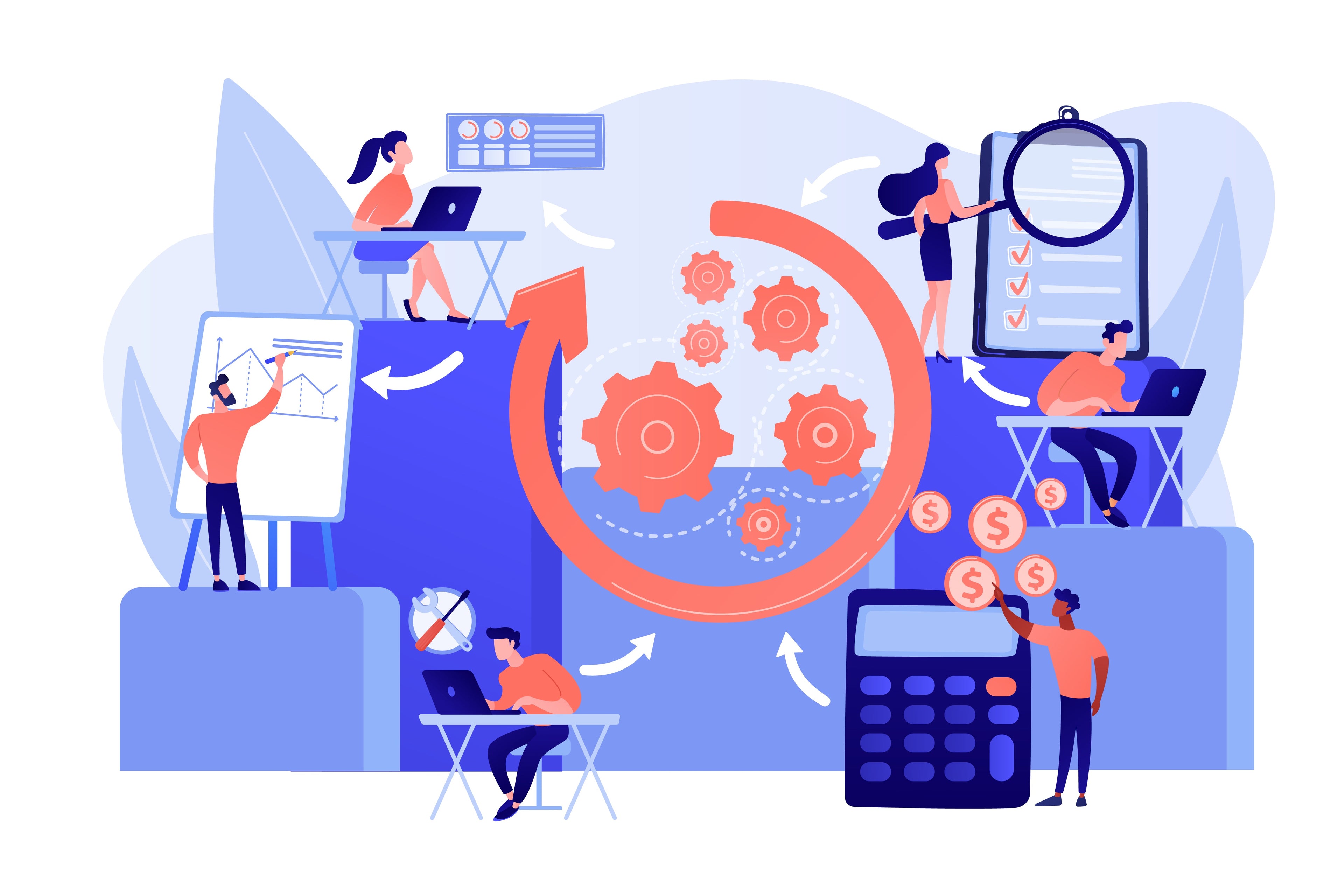Continuous learning and improvement are essential for both individual and organizational growth. In an ever-changing business landscape, fostering a culture of learning empowers employees to adapt, innovate, and thrive. This guide explores practical steps and strategies to integrate continuous learning into your organization’s DNA.
Why Continuous Learning Matters
-
Adaptability Organizations that prioritize learning are better equipped to handle change and stay competitive.
-
Employee Engagement Opportunities for growth motivate employees and increase job satisfaction.
-
Innovation Learning fuels creativity, leading to improved processes and solutions.
Breaking the Learning Bubble: Expectations vs. Reality
-
Expectation: Employees will retain all information from formal training.
-
Reality: Without consistent application, knowledge fades quickly.
Solution: Encourage learning through practical, bite-sized experiences and ongoing mentorship.
Small Steps, Big Lessons: Embedding Continuous Learning
-
Daily Improvement Opportunities Foster a culture where small, consistent improvements are celebrated. For example:
-
Feedback Loops Create channels for regular feedback to identify areas for growth and improvement.
Scaling Knowledge: From Mentorship to Bite-Sized Learning
-
Mentorship Programs Pair experienced employees with newer team members to share expertise and institutional knowledge.
-
Bite-Sized Learning Modules Offer short, focused training sessions that employees can easily integrate into their schedules.
Steps to Build a Learning Ecosystem:
-
Identify skill gaps.
-
Leverage digital tools for training delivery.
-
Provide resources for self-paced learning.
-
Celebrate milestones to reinforce a growth mindset.
How Gallery HR Supports Continuous Learning
-
Learning Management Tools Deliver and track training programs seamlessly through Gallery HR’s platform.
-
Performance Feedback Integration Align feedback and training to ensure employees receive targeted development opportunities.
-
Analytics for Growth Monitor learning outcomes with detailed reports to measure impact and refine strategies.
-
Employee Portals Enable self-paced learning with access to training materials and progress tracking.
Conclusion
Continuous learning is not a one-time event; it’s a mindset and culture that drives lasting growth. By integrating small, consistent improvements and leveraging tools like Gallery HR, organizations can unlock their full potential. Ready to transform your workforce with continuous learning? Schedule a free demo with Gallery HR today.
For more insights on employee development, subscribe to the Gallery HR newsletter.
Gallery HR - Tailored for Sri Lanka: Built to address local business challenges.
-
User-Friendly Interface: Easy for HR teams and employees to navigate.
-
Comprehensive Support: From setup to scaling, we’re with you every step of the way.
Your Next Step: Experience the Power of Gallery HR
Ready to transform your HR processes and take your business to the next level?
📩 Request a Free Demo today and see why Gallery HR is the go-to solution for Sri Lankan businesses.

Join our empire today!

0 comments